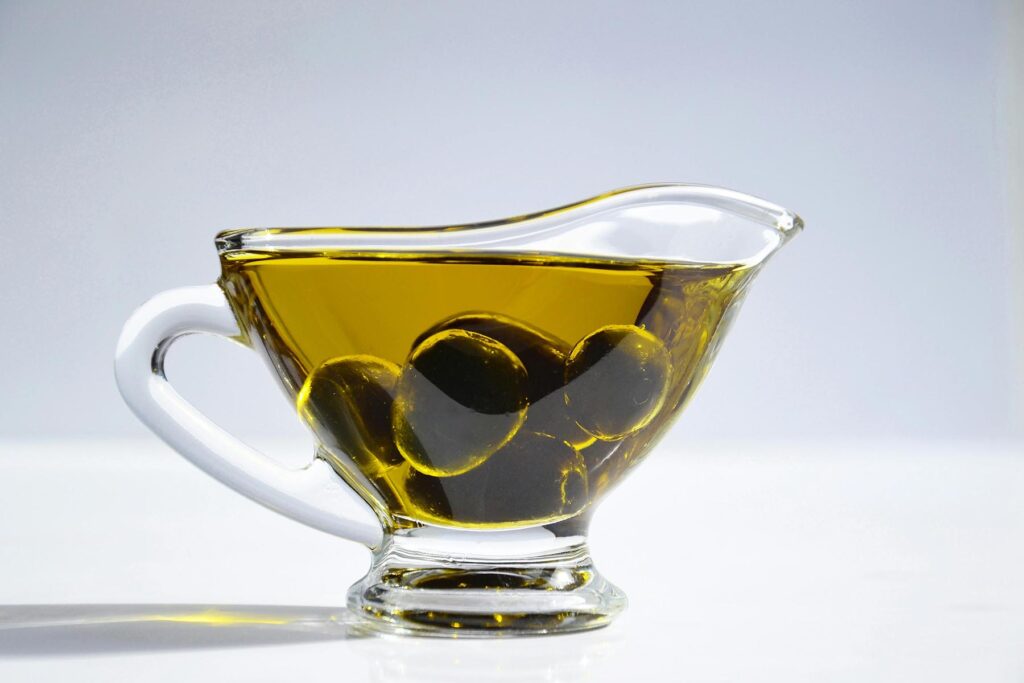
As we wrote about previously, the history of pizza is a rich and fascinating journey that spans centuries and multiple cultures; however, modern pizza originated in Naples, Italy. Italian pizza is renowned for its exceptional taste due to the use of high-quality, fresh ingredients like San Marzano tomatoes, mozzarella, and olive oil. The thin, crispy crust, often baked in wood-fired ovens, imparts a delightful texture and smoky flavor. Italian pizza’s minimalist approach to toppings ensures a harmonious blend of flavors, allowing each ingredient to shine. This perfect balance of simplicity, quality, and technique makes Italian pizza irresistibly good.
How is traditional Italian pizza made?
Traditional Italian pizza, often called Neapolitan pizza, is known for its simplicity and high-quality ingredients. The Association of Neapolitan Pizza (Associazione Verace Pizza Napoletana) has specific guidelines and criteria that must be met for a pizza to be considered an authentic Neapolitan pizza. These guidelines cover everything from dough preparation to cooking methods to the types of ingredients used. While many variations of pizza are enjoyed in Italy and around the world, the Neapolitan style remains a timeless and revered example of pizza craftsmanship.


Here is how pizza is traditionally made in Italy:
- Dough Preparation: The foundation of a good pizza is the dough. Neapolitan pizza dough is made from simple ingredients: high-quality flour (usually Type 00 flour), water, yeast, and salt. The dough is mixed, kneaded, and left to rise for several hours, allowing it to develop flavor and texture.
- Hand Stretching: Neapolitan pizza is typically hand-stretched to create a thin, slightly chewy crust. This technique involves gently stretching and rotating the dough to achieve an even thickness without a rolling pin.
- Toppings: The toppings used in traditional Italian pizza are minimal and focused on highlighting the flavors of the ingredients. A classic Margherita pizza, for example, features three key components: tomato sauce (made from San Marzano tomatoes), fresh mozzarella cheese, and fresh basil leaves. The combination of red, white, and green in the Margherita pizza is an homage to the Italian flag.
- Wood-Fired Oven: One of the defining characteristics of Neapolitan pizza is the wood-fired oven used for baking. These ovens reach incredibly high temperatures, often exceeding 800°F (427°C). The intense heat cooks the pizza quickly, resulting in a blistered, slightly charred crust while maintaining a soft and tender interior.
- Baking Process: Pizzas are baked directly on the oven’s stone floor, which helps create that distinct crispy yet chewy crust. The pizza only takes a few minutes to cook in a wood-fired oven, typically around 60-90 seconds.
- Finishing Touches: After the pizza is removed from the oven, a drizzle of high-quality extra-virgin olive oil is added for flavor. Sometimes, a sprinkle of sea salt or red pepper flakes is added to enhance the taste further.
- Served Fresh: Traditional Italian pizza is best enjoyed fresh from the oven. It’s typically served uncut with a knife and fork, allowing diners to appreciate the simple beauty of the pie and its ingredients.
What are some typical pizzas you can expect to find in Italy?
In addition to the classic Neapolitan pizza, Italy is known for several other regional pizza varieties, each with its unique characteristics and flavors. Varieties include (but are not limited to):
- Roman Pizza (Pizza Romana): Roman pizza is characterized by its thin and crispy crust. The dough is typically stretched out into a rectangular shape and baked in a rectangular pan. It’s often sold by weight and can be topped with a variety of classic and creative ingredients.
- Sicilian Pizza (Pizza Siciliana): Sicilian pizza, originating from the island of Sicily, is recognized for its thick, rectangular crust. It’s often topped with a rich tomato sauce, cheese (usually a mix of mozzarella and caciocavallo), and other toppings such as anchovies, olives, and herbs.
- Apulian Pizza (Pizza Pugliese): Hailing from the Puglia region, this pizza features a thicker crust and is often topped with cherry tomatoes, olives, onions, and capers.
- Margherita Extra: This is a variation of the classic Margherita pizza. It includes the same tomato, mozzarella, and basil toppings but features additional ingredients like cherry tomatoes, buffalo mozzarella, and extra-virgin olive oil.
- Pizza Napoletana variations: Within Naples itself, you can find variations of the Neapolitan pizza. For example, “Pizza Marinara” is a simple version without cheese, topped with tomato sauce, garlic, oregano, and olive oil. “Pizza Capricciosa” is a more elaborate version with additional toppings like ham, artichokes, olives, and mushrooms.
- Pizza al Taglio: Translating to “pizza by the slice,” pizza al Taglio is a popular street food in Italy. It consists of rectangular pieces of pizza with a variety of toppings. It’s often sold by weight and is a convenient and delicious option for a quick snack.
- Focaccia al Pomodoro: While not strictly a pizza, focaccia al Pomodoro is a flatbread topped with cherry tomatoes, olive oil, and herbs. It’s similar in concept to pizza but often thicker and more bread-like in texture.
- Calzone: While not a traditional pizza, the calzone is a folded pizza that resembles a turnover or a stuffed pocket and is typically filled with cheese, cured meats, and vegetables.
These are just a few examples of the diverse pizza styles you can find throughout Italy. Each region takes pride in its unique take on this beloved dish, and exploring these different varieties can be a delicious and enlightening culinary experience.
What is your favorite Italian pizza? Let us know in the comments!



